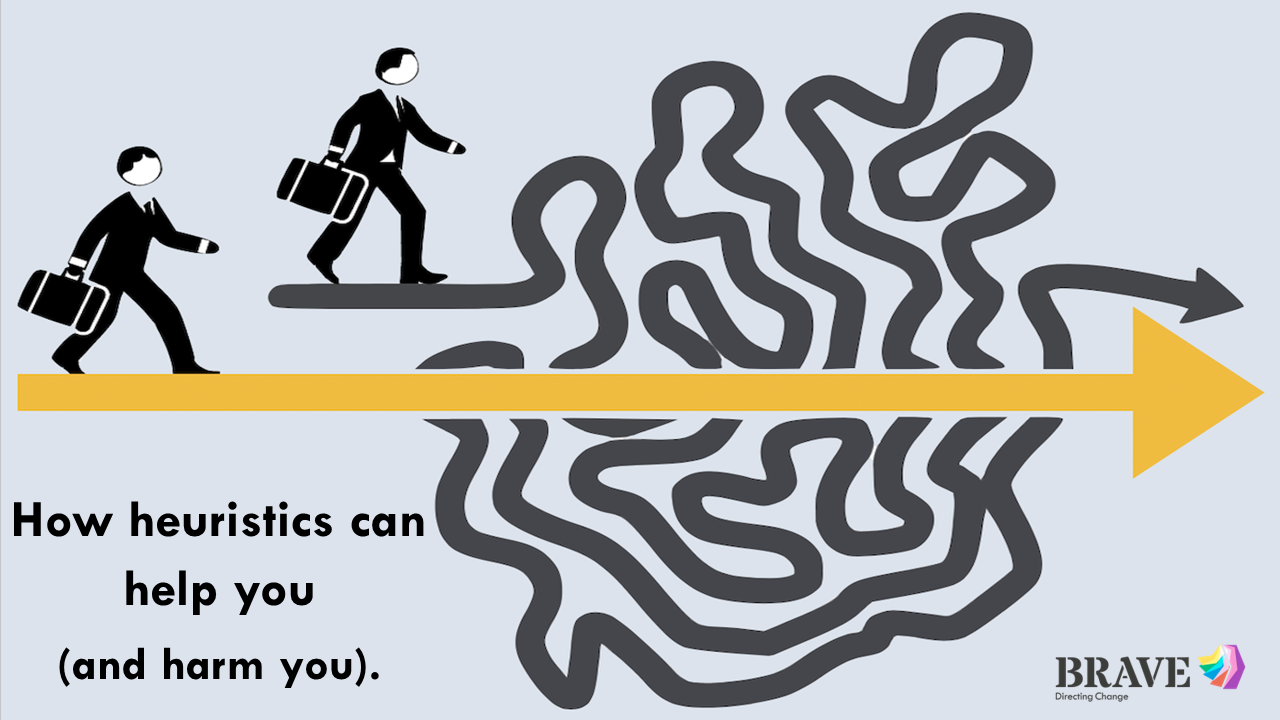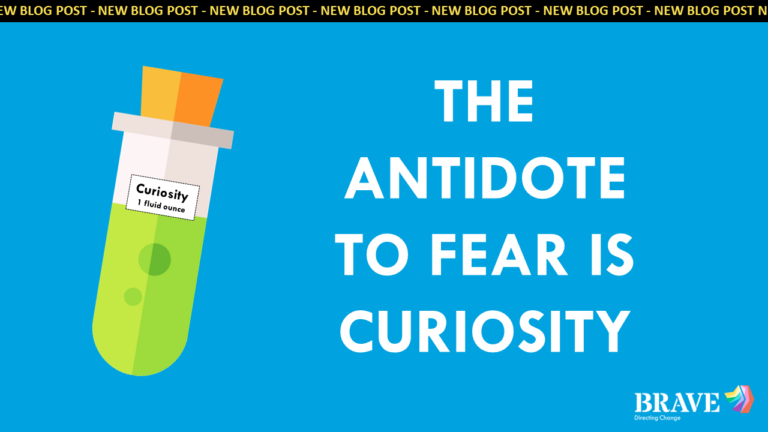So, first things first, what the hell is a heuristic?
A heuristic is a mental shortcut most commonly used to help us simplify problems and avoid cognitive overload.
Heuristics are an important part of how the human brain is wired, and how it’s evolved, which in turn allows people to quickly reach reasonable decisions or solutions to complex problems.
These mental shortcuts sound amazing right? An easy way to use what you already know to help you work faster? They can be really helpful, but as with many things, there are risks.
Heuristics can often be super helpful for you by:
Helps you get to a conclusion faster
Reduces the mental strain needed to make decisions
Helps you with complex problem-solving
Turns complex questions into simple ones
However, heuristics can also lead to hidden cognitive biases.
As an example, think about the availability heuristic. You’ll be more likely to make a decision based on information that pops into your mind quickly because you have recently been looking at something similar.
Imagine you are reading articles on a regular basis about hostile managers and the damage they cause. This means that your availability heuristic will more easily help you identify this trait in managers at work because the heuristic is helping you get from A to B too fast.
Because of this, it’s important to understand what heuristics you use. Those heuristics could impact your daily decision-making process.
Here’s some of the most commonly used heuristics:
Affect
This is all about how people react to different stimulus and how this affects decision making. It could be any positive or negative feeling they experience at a particular moment and in a specific situation.
Anchoring
In this heuristic people tend to make their judgment based solely on the very first pieces of information they get, often called an “anchor”. Unfortunately the decision is usually made quickly so it may be inaccurate. Impulsive decision-makers forget or ignore other facts, making poorer choices.
Availability
This one we already mentioned. It’s due to our search to reach the best conclusions means we look to the sources that are the most readily available ones.
Representativeness
This makes people evaluate the likelihood of a solution or conclusion to a situation based on a similar past event that acts as representative data. It, thus, provides a reasonable probability of selecting the most effective alternative under uncertainty. You’re simply judging it based on the closest experience you have experienced.
Once you know what these are, and the ones you use the most, you can pause and analyse the effect they are having on your decision-making. This takes some effort because our heuristics feel very comfortable to us. They feel ‘right’ and it can be hard to challenge them.
A way to challenge?
After making a decision, especially a quick one, try to take a step back and consider what other possibilities existed that you didn’t choose. If you had chosen one of them, would the outcome have been different? This helps you internally calibrate if your heuristics are helping you make better decisions (or not)
Making BRAVE decisions
When you work with us we share our BRAVE principles to help you make your decisions in a well-formed and well informed style.

